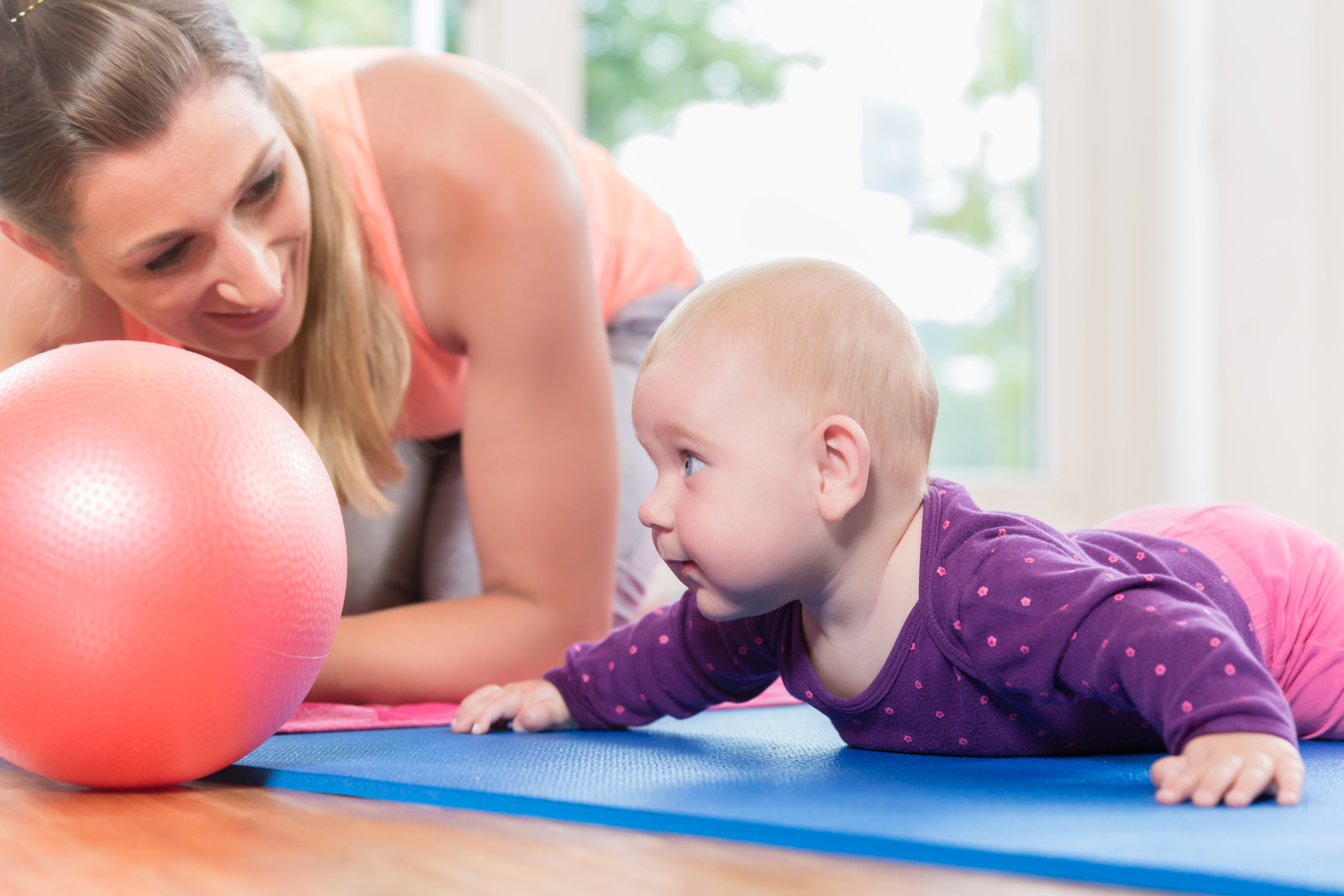
FINE-TUNING FOUNDATIONS: NURTURING ESSENTIAL FINE MOTOR SKILLS
Throughout our journey together, we’ve delved into various aspects of fine motor skills and how we, as Occupational Therapists, can support you in building such complex skills, including Hand-Eye Coordination, Handwriting and Creative Writing for Self- Expression and Wellbeing, Developmental Stages of Handwriting Skills and Fine Motor Skills.
Looking at all the information, we would love to explore what led to our theme this year and all the transitional and foundational skills that highlight success in this area. How perfectly timed! Keep in mind each child’s development journey is unique and non-linear, meaning that each child will develop differently.
How Do Fine Motor Skills Begin?
As we explored in last month’s blog, all movement patterns, including arm and hand movements, begin with primitive reflexes that are genetically part of a newborn’s structure and makeup. These reflexes allow each infant and child to build upon their skills and develop abilities, such as holding a cup, using two hands to eat, colouring, or catching a ball.
Fine motor skills, which involve arm and hand movements, are not able to be developed until the whole body, from head to toe, starts working together. When this occurs, our postural system (including breathing, ribcage, tummy, and hips) begins to move and activate. With our postural system and our whole body working together, the development of shoulder stabilisation occurs.
What is Shoulder Stabilisation?
Shoulder stabilisation is the foundational skill for upper body and arm strength. Before a person can learn and perform arm and hand skills, one needs first to learn how to stabilise and hold the shoulder in place for overall control of the arms and hands. Can you guess when this begins? Believe it or not, the foundational skills of shoulder stabilisation kick in just a couple of weeks after birth. When the infant is lying on their belly, either on their parents or on the floor, their elbows and arms are under their shoulders. This is often known as tummy time, and it is used to teach and support the baby to lift their head up against gravity. However, it is not just about that; tummy time encompasses many developmental benefits for the baby, with one of these being shoulder stabilisation.
Shoulder Stabilisation Skill Progression Beginning from 4 to 6 Weeks of Age –
- As the infant grows and strengthens, when lying on their belly, their hands start to sit under their shoulders, pushing from the ground to lift higher.
- Hands and arms will be under shoulders when lying on tummy; baby will commence pushing up from the ground to lift their head and torso higher.
- Next comes baby being able to prop themselves up on their elbows under their shoulders while on their tummy.
- Then, babies will be able to extend their arms out in front or to the sides, pushing with their hands rather than just their elbows. This leads to some of the critical skills needed for reaching for objects and crawling.
What Does It Mean for Arm Movement and Control?
Arm movements include movement at the elbow, forearm, and wrist to achieve the end product of grasping and fine motor skills of the hand and fingers. Moving your arms in various ways, including forward, backward, up, down, side to side, and turning arms up and down, provides a part of the full functional experience and exploration of the world around us. Depending on the types of movements, such as reaching, different movement patterns and changes occur in these areas of the arms. To have control of these wide ranges of arm movements, shoulder stabilisation is essential to provide appropriate movement for stability or to assist hand placement. Arm movements are activated from the child or person’s interests through their eyes, requiring the initiation of the hand to direct the movement and grasp/manipulate what is of interest. Arm movements are best strengthened with resistance and pressure to enhance one’s awareness of the beginning and end range of movement (bent or extended arm), as well as being able to move the arm in mid-range.
Arm Movement Skill Progression Beginning at 3 to 4 Months of Age –
- Unfisting or unclenching of the hand (from the Palmar Reflex) occurs to pave the way for further arm movement development. Generalised writhing and fidgety movements start primarily from the shoulder and upper arm (uncontrolled movements) due to reflexes discussed last month, and more refined and purposeful movements begin.
- The child begins to bring hands into the midline (at the chest) and can manipulate/play with their fingers.
- The child then progresses to putting their hands in their mouth.
- A child may see an object and try to swipe, move, or grab it with little control, increasing repetition to build out the skill.
- These skills progress into handling an object close to the chest, using two hands to play with it, taking an object with one hand, usually on the same side of the body, and moving it quickly in all directions.
- The progression of reaching, grasping, and moving objects from the same side and across the body to the opposite side (crossing the midline). At this stage, a child has improved their controlled reaching, grasping, moving, and manipulating the object in their hand to large rings or smaller 1-inch cubes.
Examples of OT Activities for Strengthening Shoulder, Arm, and Wrist Control
Shoulder Strengthening & Stabilisation Activities:
- On your belly, prop yourself up on your elbows (directly under your shoulders) and engage in an activity in this position. Slowly build up a tolerance for time in this position. Play a card game with the family, colour in and draw, or play a respiration soccer ball activity with a cotton ball and straws.
- On all fours – crawling, crawling, crawling! Create obstacle courses under and over, using resistance such as cushions or pillows to increase muscle control and strengthen the shoulders. Be creative, but the aim is to stay on all fours in a crawling position.
- On your knees – forearm and hand wars – In this game, two people face each other, kneeling with their bottoms in the air, close enough for their forearms and hands to press against each other. The objective is to push and shift your forearms and hands to attempt to topple the other person using only your arms. This game is excellent for enhancing core stability and shoulder and arm strength.
- Wall push-ups
- Scooter board races: Belly on board or knees on board. Your bottom is on your feet while your arms are pushing, pulling, and manoeuvring the scooter board in races, obstacle courses, or any other ideas you can come up with.
- Wheelbarrow races: Hold your child at his hips or knees while he walks on his hands (when your child is strong enough, hold at his ankles). Motivate your child by encouraging them to go further each time.
- Animal Walks: Playing tigers, cats, donkeys, etc.
- Plank challenge: On your knees with your hands on elbows or hands.
- Exercise ball challenges: Plank over a ball with strong arms and hands flat on the ground, and engage in activities like Spot It, Memory, or other activities of interest.
Arm, Elbow, and Wrist Strengthening and Stabilisation Activities:
- On Belly, reach for pieces of an activity such as Lego or a puzzle and assemble them.
- Play with activities that provide resistance or require force, such as theraputty, playdough, and pop beads (push/pull to put together and take apart),
- Bake some food together and get your child to do the mixing, kneading, rolling pin use, cookie cutters, etc.
- Use visual motor activities involving movement, such as reaching, picking up balls, and throwing into a target. As outlined above, this can be done on the exercise ball, scooter board, swingings, and crawling.
- Grading these activities to increase the challenge for arm and wrist control involves changing the tool you’re reaching with. For example, you could swap out your hand for tweezers, tongs, pegs, or other utensils to grasp toys and position them.
- Drawing in all different positions, including upright on windows or easels, stick paper under the table so the child has to lie on their back and draw with their arm in the air or lie on their belly, propping themselves up on elbows.
- When outside, use a mist water bottle to water the plants or wash windows.
The beauty of the majority of the above strategies is that you can do one with the other, as we are working with the arms. These activities are a great starting point. While there are many different activities available, I hope these strategies help you get started in strengthening your child’s shoulder, arms, and wrist for further refinement in achieving fine motor skill development.
As you reflect on the importance of foundational fine motor skills, consider integrating activities that promote shoulder stabilisation and arm movement into your daily routines with children. Whether it’s through supervised tummy time for infants or providing opportunities for older children to engage in activities that strengthen arm movements, your guidance and support can contribute to their overall motor development. By understanding the progression of these skills, you can play an active role in nurturing essential fine motor skills in your children.
As an Occupational Therapist, I love inspiring parents to involve their kids in fun activities that help boost these motor skills. Remember, every child grows uniquely, so let’s cheer for every achievement along the way! If you ever have any questions or worries about your child’s fine motor skills, feel free to contact Explore and Soar for some helpful advice.
__________________
If you’d like to chat more, please don’t hesitate to contact us today! Call us on 0477 708 217 or email admin@exploreandsoar.com.au
Until Next Time,
Jess
PUBLISHED JULY 2024







